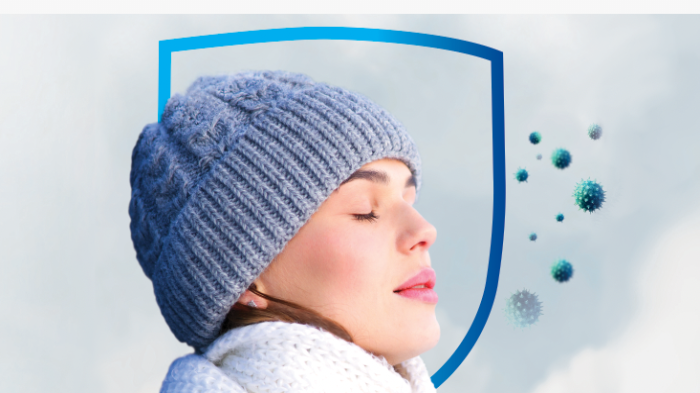Under the surface
Skin consists of three main layers
- The epidermis – the outermost layer, this provides a waterproof barrier against the elements and prevents unwanted water loss from the skin
- The dermis – contains hair follicles, sweat and sebaceous (oil) glands, nerve endings and lymph vessels, as well as connective tissue that contains collagen and elastin fibres, which support the structure of the skin
- The hypodermis (subcutaneous tissue) – made up of fat, blood vessels and connective tissue, this provides insulation for the body. It also works like a shock absorber to protect the internal organs and connects the skin to the muscles and tissues beneath it.
The specific part of the skin affected by acne is sometimes referred to as the pilosebaceous unit (PSU), which is particularly common on the face, upper back and chest – the areas most affected by acne. The PSU is made up of hair follicles, arrector pili muscles and the main component, sebaceous glands.
The arrector pili muscles are what cause hairs to stand up in response to stresses such as feeling cold, while the sebaceous glands produce an oily, waxy substance called sebum. This empties onto the surface of the skin through the small openings known as pores and lubricates and waterproofs the skin. Acne occurs when the pores become blocked.
Sponsored
 Sponsored education
Sponsored education
The role of nasal cleansing in protecting against colds and flu
Learning for the pharmacy team
 Sponsored education
Sponsored education
7 steps to managing sore throat
Get to grips with what customers want from their sore throat treatment and upgrade your consultations with this 7-step guide
